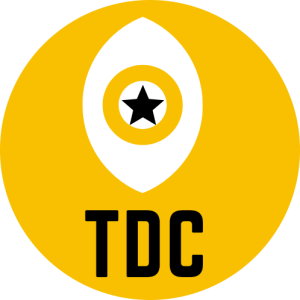Layers Of Data Processing- Raw, Staging, Bronze, Silver, Gold, Harmonized, Archival
Data layers like Raw, Staging, Bronze, Silver, Gold, and harmonized represent different stages in the data processing pipeline, commonly known as a data processing or data transformation pipeline. Each layer serves a specific purpose in managing and refining data as it progresses through the pipeline Why we need Data Layers Any Enterprise Data Project has … More Layers Of Data Processing- Raw, Staging, Bronze, Silver, Gold, Harmonized, Archival
